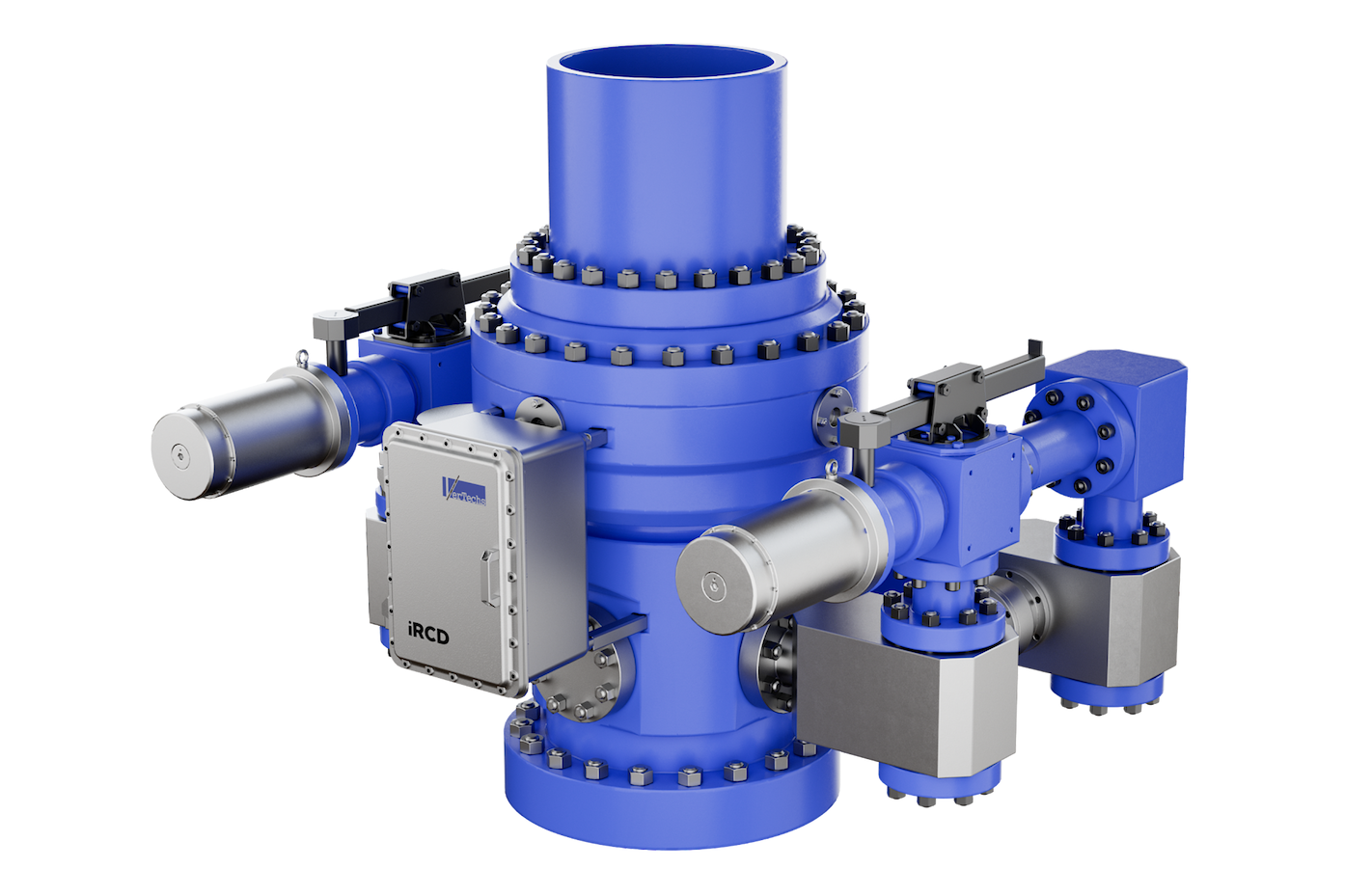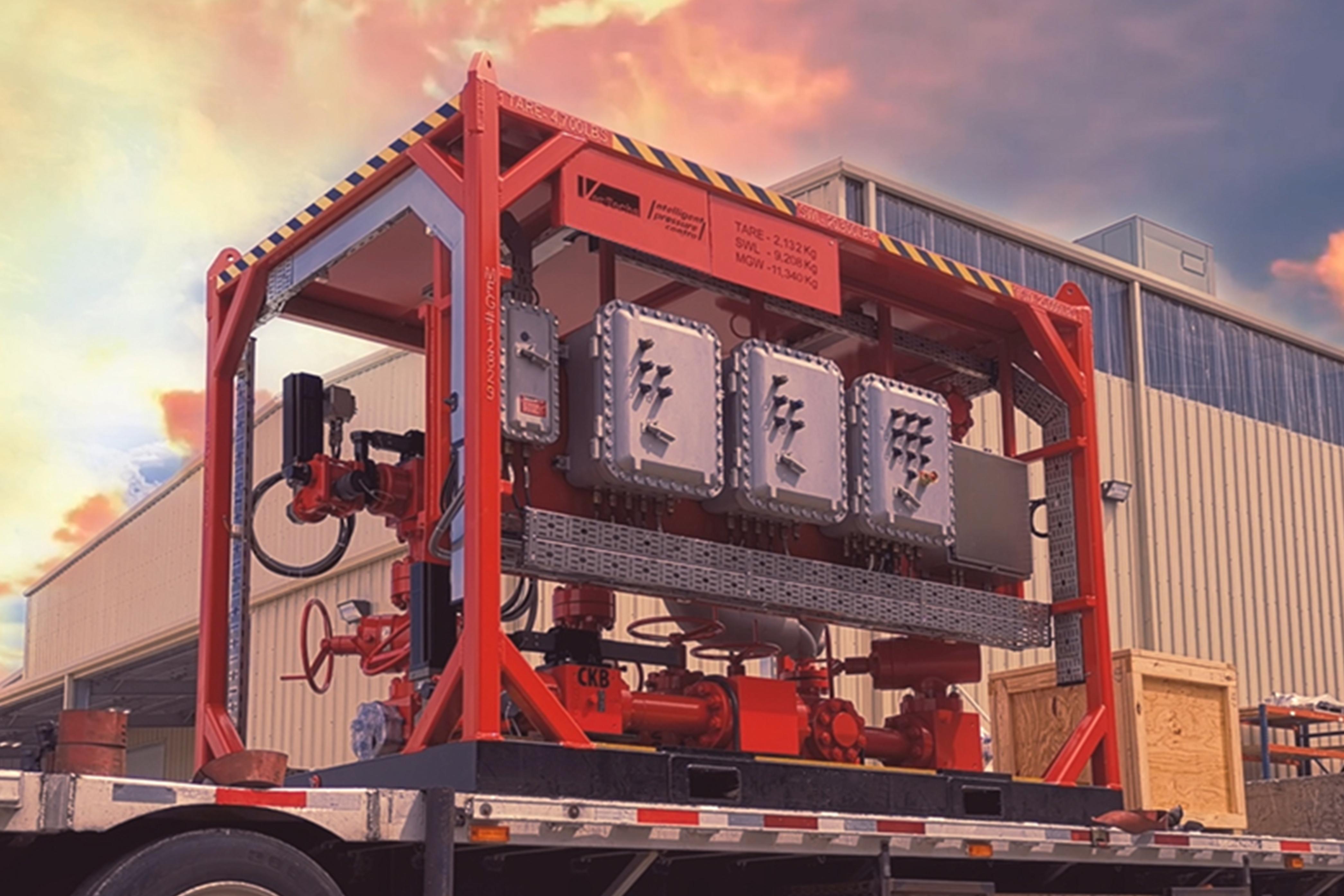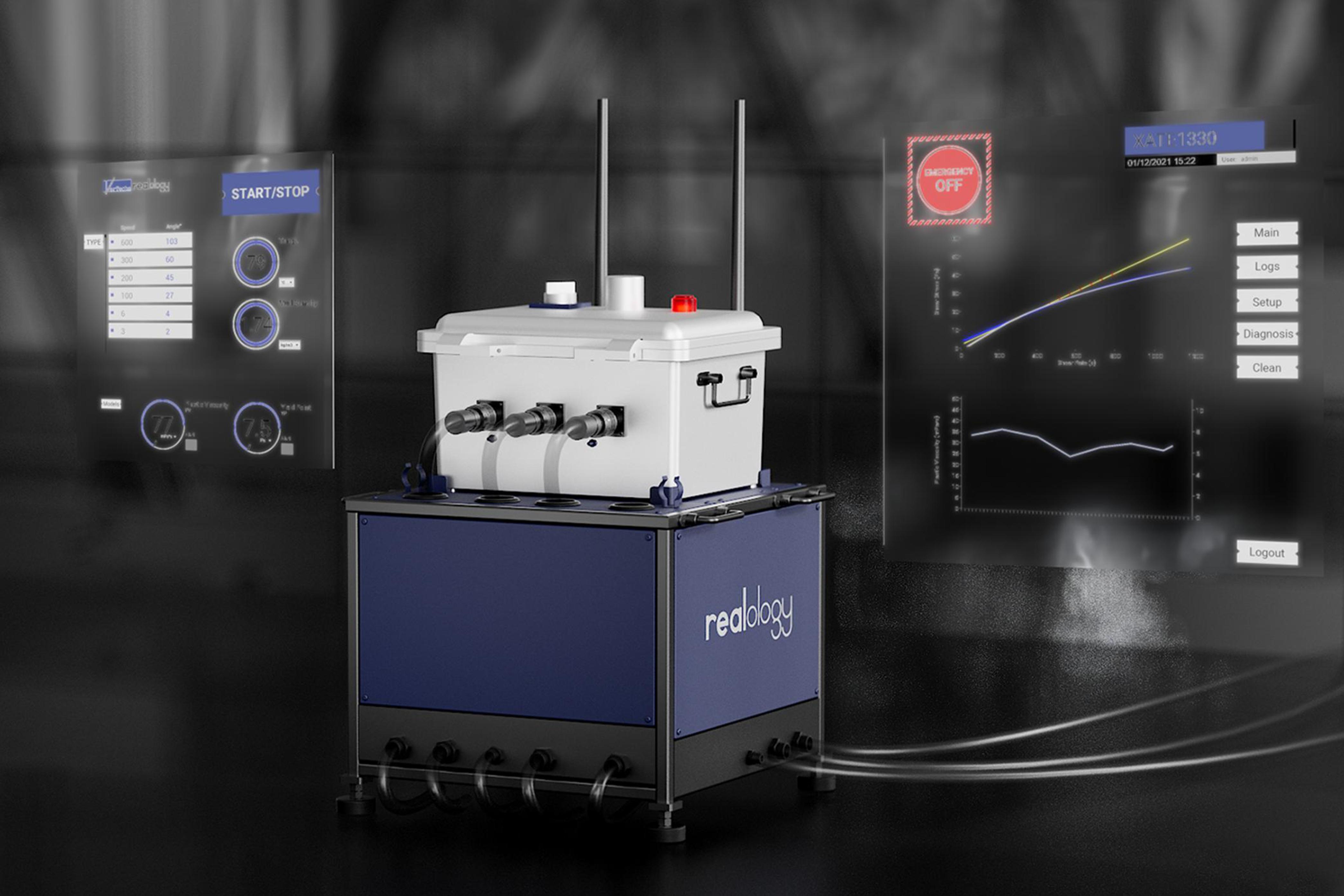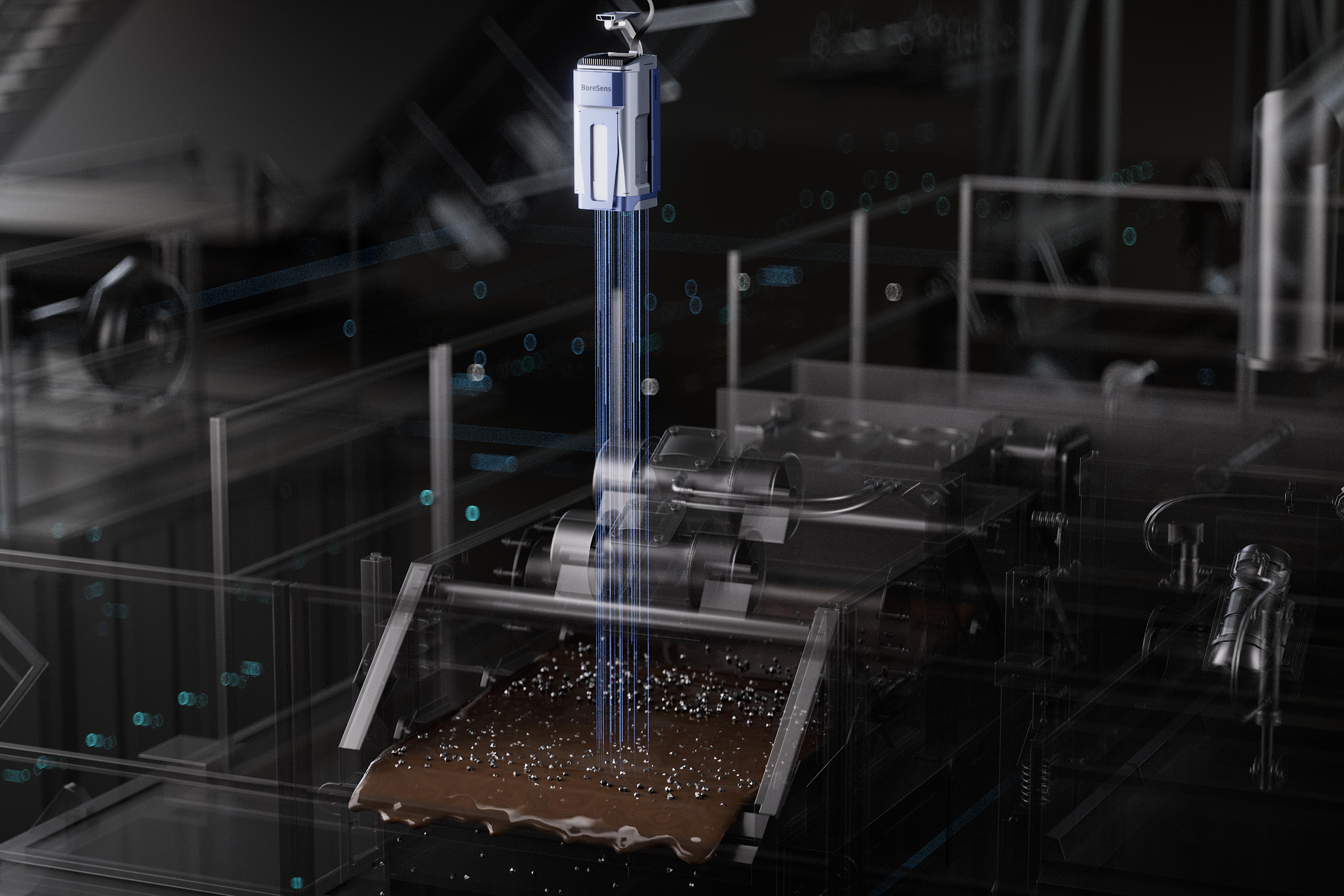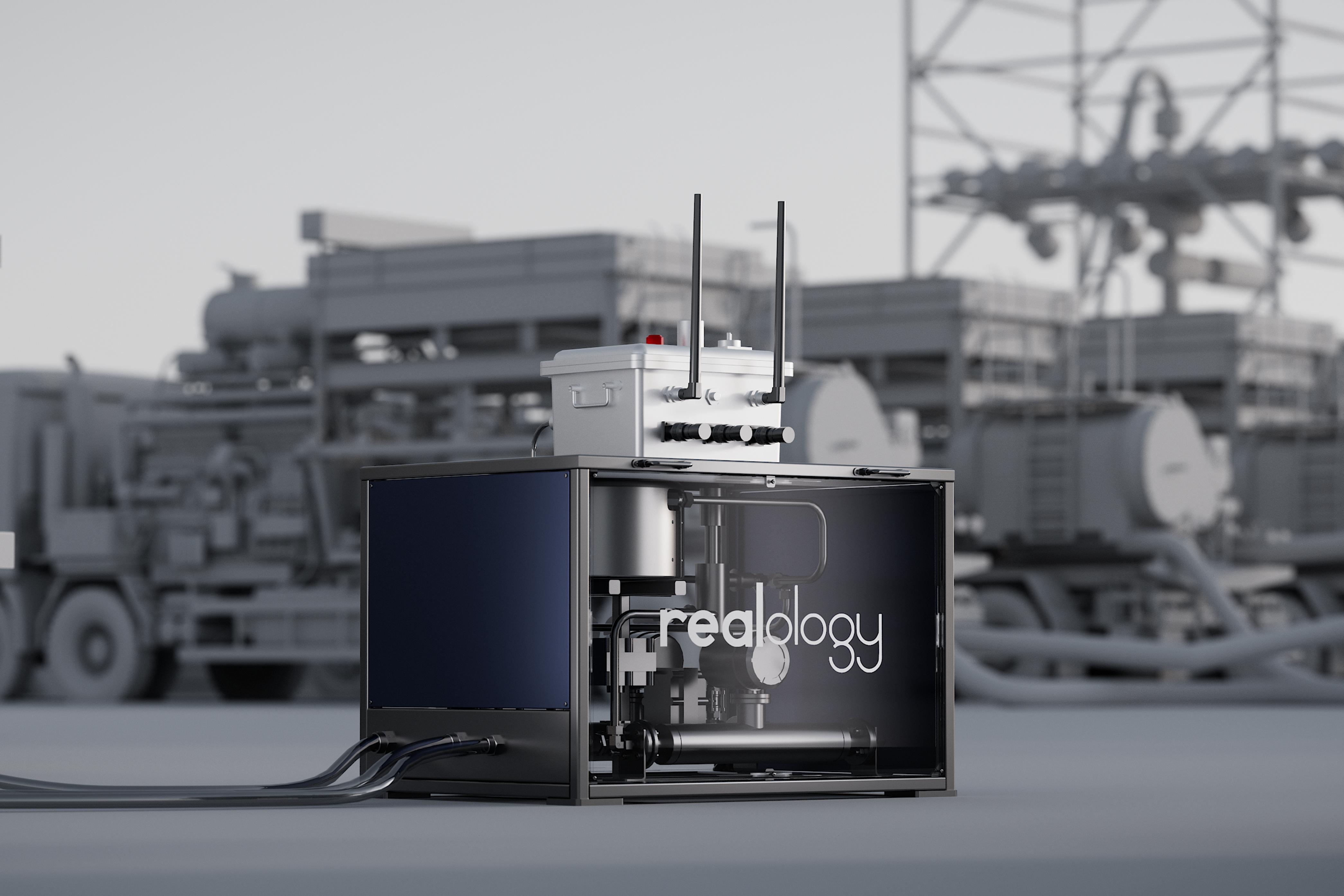Data-Driven Decisions: Leveraging Insights from Fluid Monitoring Systems
2024-05-09
Introduction to Fluid Monitoring Systems
Fluid monitoring systems are crucial in industries where the precise control and analysis of fluid properties are essential for operational efficiency and safety. These systems collect valuable data on parameters like flow rate, pressure, temperature, and chemical composition, which can significantly impact decision-making processes in sectors such as oil and gas, manufacturing, and environmental management.
The Role of Fluid Monitoring in Modern Industries
Ensuring Operational Efficiency
In sectors like oil and gas, fluid monitoring systems provide real-time data that help in optimizing drilling operations and maintaining the integrity of wells. For example, by continuously monitoring the properties of drilling fluids, companies can prevent issues like wellbore instability and minimize non-productive time, enhancing overall operational efficiency (vertechs).
Enhancing Safety Measures
Fluid monitoring systems play a critical role in safety by detecting potential hazards before they become critical. In chemical manufacturing, for instance, monitoring the chemical properties and concentrations can prevent reactions that might lead to explosions or toxic releases, thereby safeguarding both personnel and the environment.
Key Components of Fluid Monitoring Systems
Sensors and Data Acquisition
At the core of these systems are various sensors that measure specific fluid characteristics. These sensors feed data into a central system that analyzes and presents the information in a user-friendly format. Advances in sensor technology have increased the accuracy and reliability of data, providing more confidence in the decision-making process.
Data Analysis and Reporting Tools
Modern fluid monitoring systems are equipped with sophisticated data analysis software that can identify trends and patterns, forecast potential issues, and suggest corrective actions. These tools are integral for transforming raw data into actionable insights, which is crucial for making informed decisions.
Leveraging Insights from Fluid Monitoring for Data-Driven Decisions
Predictive Maintenance and Operational Adjustments
Data from fluid monitoring systems can predict equipment failures and operational bottlenecks. For instance, a sudden change in fluid viscosity might indicate an impending machinery failure, allowing maintenance teams to intervene before a breakdown occurs, thus saving costs and reducing downtime.
Compliance and Environmental Protection
Environmental regulations often require continuous monitoring of emissions and effluents. Fluid monitoring systems help ensure compliance with these regulations by providing real-time data on pollutant levels. This not only helps in avoiding legal penalties but also aids in environmental conservation.
Future Trends in Fluid Monitoring
Integration with IoT and Automation
The future of fluid monitoring lies in its integration with the Internet of Things (IoT) and increased automation. IoT connectivity allows systems to communicate seamlessly, enabling automated adjustments in real-time based on the data collected, thereby further enhancing efficiency and reducing human error.
Advanced Data Analytics
As big data continues to evolve, the use of machine learning and AI in analyzing data from fluid monitoring systems will become more prevalent. These technologies can predict complex patterns and automate decision-making processes, leading to breakthroughs in how industries manage their operations.
Conclusion
Discover the forefront of energy technology with Vertechs Group. Our Chengdu headquarters at Unit 2, Building 6, No.1166 Tianlong Avenue awaits your visit. Dive into our breakthrough solutions at https://www.vertechs.com/, call us at +86 28 8325 7686, or reach out via email at admin@vertechs.com and marketing@vertechs.com for expertise that shapes the future of energy.







